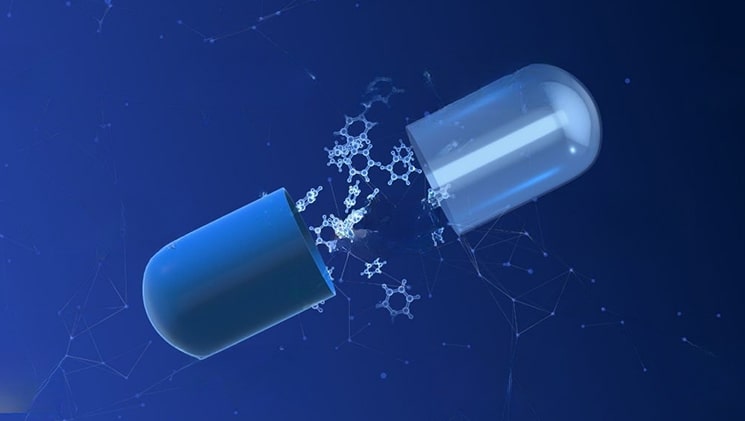
Manufacturers have an opportunity to add value to their
portfolios as India seeks to increase its global share of the
API market. The transition to green chemistry has been a major
focus. R&D in the API space has resulted in the development of
novel synthetic routes as well as more efficient and
environmentally friendly alternatives. Flow chemistry and green
chemistry have also gained prominence as more sustainable
approaches are demanded by both the market and regulations. “We
are constantly working on process developments with an eye
toward environmental safety, and we impose strict control over
our effluents,” said Arun Doshi, chairman and managing director
of Surya Lifesciences.
As manufacturers seek to add value through green or specialized
products, there are numerous opportunities in the API markets.
There has also been a trend of formulation companies expanding
into API production and vice versa, which is expected to
increase industry security. This move will almost certainly add
value to India’s pharmaceutical sector and contribute to the
country’s vision of becoming a more specialized and customised
industry.
The continued expansion of India’s API sector, particularly
through increased exports, is expected to directly benefit the
country’s excipients and intermediates producers. According to
Beroe, India’s excipients market is currently growing at a rate
of 10% to 12%, which is twice as fast as the global average.
The advancement of functional excipients- increased uptake of
biologics, and rising adoption of orphan drugs are factors
driving growth in both the Indian and global excipient markets.
Many companies are putting more emphasis on excipients to
address issues like segregation, low dissolution, and poor
bioavailability.
Price remains an important consideration when selecting an
excipient supplier, and India’s high excipient market growth
rate can be attributed to the fact that products are 5% to 7%
less expensive than in the developed world. However, in an
industry that demands perfection, quality and product safety
will always be paramount. “Safe and multifunctional excipients
are critical,” said Chitra Shah of Arihant Innochem. “As machine
technology advances, excipients with superior performance to
withstand the rigours of the manufacturing process while
delivering a robust formulation are in high demand.” This,
combined with the stringent requirements to meet safety and
toxicology limits, makes working in the excipient innovation
space very appealing.
The flavour of the day is newer applications for the same
excipient, improved morphology, and the use of the same
excipient in a different route of administration. Hot melt
extrusion, nanotechnology, implants, and injectable deliveries
are some of the areas where excipient-based innovations are
being explored, and pulmonary delivery, along with
nutraceuticals, is another focus area.”
With demand for excipients expected to rise over the next
decade, Indian firms will need to stay on top of the
increasingly stringent regulations enforced by multiple
regulatory bodies across key markets, as well as the
technological demands brought on by Pharma 4.0, to remain
competitive on a global scale.